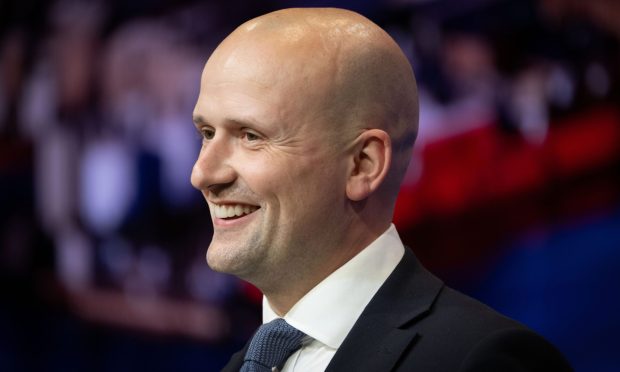Stephen Flynn will quit his Aberdeen South Westminster seat if he is successful in his bid to enter the Scottish Parliament.
The SNP’s Westminster leader originally planned to remain in the House of Commons even if he won a seat in Holyrood.
The Press and Journal exclusively revealed Mr Flynn was planning to challenge Aberdeen MSP Audrey Nicoll for his seat in 2026.
But he faced a backlash from the SNP over his plans to remain in Westminster.
Mr Flynn admitted he “got this one wrong” and will no longer be looking to seek a dual mandate at the next election.
He claimed his decision had been influenced by the potential cost of a by-election in his Aberdeen South Westminster constituency.
He said: “My aim to save the public purse from unnecessary strain by potentially overlapping the role of an MP and an MSP for a short period until the next general election was genuine in its intent – but doing it for the right reasons doesn’t change the fact that I got it wrong.”
But he is intent to still run for Holyrood.
He added: “My motivation and central belief remains that Holyrood, as the heart of Scottish democracy, is the democratic platform that will drive the route to an independent Scotland.
“All of us in the independence movement share that common cause and want to be part of that story.”
Mr Flynn’s “double jobbing” plans were left in jeopardy when opposition parties announced plans to ban dual mandates.
The Scottish Parliament could vote to ban the practice as soon as Christmas.
Mr Flynn said he “looks forward to assessing the new candidate selection rules” ahead of the next Holyrood election.
We reported how his plans to run for Holyrood had “gone down badly” with SNP members and risked backfiring.
Audrey Nicoll, who faces a challenge from Mr Flynn, said she was “surprised” by his decision to run against her.
She told the Press and Journal she only became aware he would be contending for her seat “relatively late in the day”.


Conversation